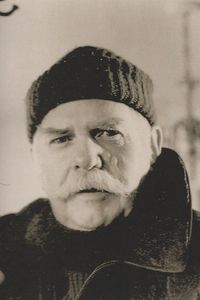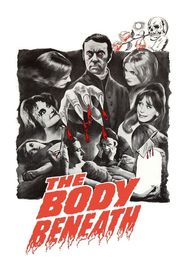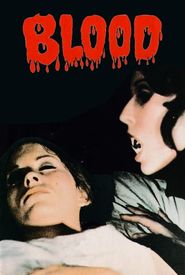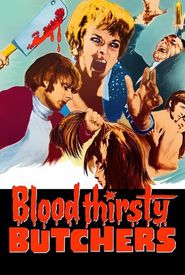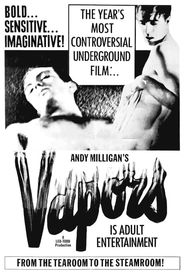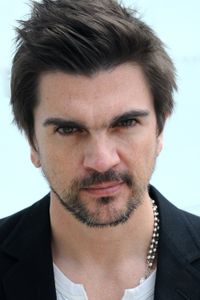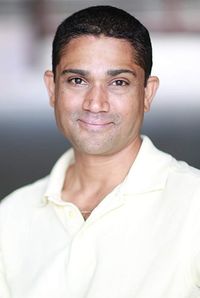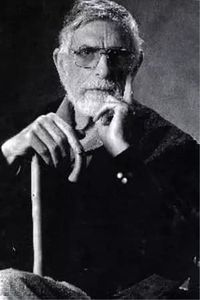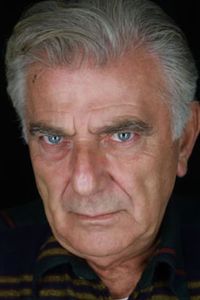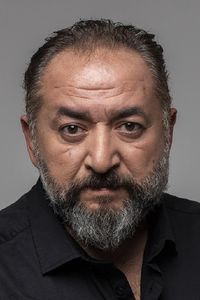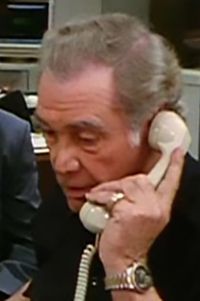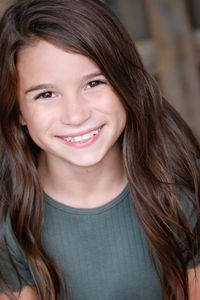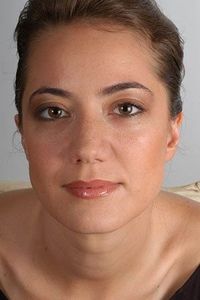Andy Milligan was born in St. Paul, Minnesota in 1929 to a family that moved frequently throughout his childhood. His father, Andrew Milligan Sr., was a captain in the U.S. Army who served for over 50 years, retiring as a colonel. His mother, Marie Gladys Hull, was an overweight, neurotic-bipolar alcoholic who physically and verbally abused her husband and children. Milligan's mother served as the basis for many of his characters in his films.
After finishing grade school, Milligan joined the U.S. Navy, where he served for four years. After his honorable discharge, he settled in New York City in 1951, where he began acting on stage and opened a dress shop. During the 1950s, he became involved in the off-off-Broadway theater movement, mounting productions of plays by Lord Dunsany and Jean Genet at the Caffe Cino, a small Greenwich Village coffeehouse.
In the early 1960s, Milligan turned to filmmaking, meeting actors for his early films at the Caffe Cino. His first released film was Vapors (1965),a 30-minute black-and-white 16 mm short drama about an emotionally awkward and unconsummated meeting between two strangers. Milligan was later employed by producers of exploitation films, particularly William Mishkin, to direct softcore sexploitation and horror features.
Milligan hooked up with Mishkin and made 11 features, all shot with a single hand-held 16mm Auricon camera on short ends. Some of these early works play like bizarre morality tales where sleazy characters get violently paid back for their excesses. Many of these films feature actors known from the off-off Broadway theater community.
In 1966, Milligan set up shop in a Victorian mansion on Staten Island, where he filmed most of his movies on budgets ranging from $5,000 to $20,000. Milligan was a one-man army, writing, directing, building sets, and sewing costumes for his films. His usual "stock company" was often supplemented by Staten Island locals who were dragged into performing.
Milligan married one of his actresses, Candy Hammond, who starred in a number of his films, most notably as Pussy Johnson in Gutter Trash (1969). However, the wedding was not taken seriously, as Milligan was openly gay and an avowed misogynist.
In the late 1960s, Milligan began to make horror movies featuring gore effects, starting with The Ghastly Ones (1968),a 19th-century period piece and his first color film. He then made Torture Dungeon (1969),a medieval period piece, before moving to London to make movies with producer Leslie Elliot.
Milligan's partnership with Elliot collapsed, and he teamed up again with William Mishkin to direct three more period piece British horror films. After his return to New York, Milligan wrote and directed another medieval period piece, Guru, the Mad Monk (1970),which was shot with a 35mm Arriflex camera and filmed entirely inside a Chelsea, Manhattan church.
Throughout the 1970s, Milligan's output was restricted mostly to gory horror movies, as he moved to the southern tip of Staten Island and lived in and owned a dilapidated hotel. In October 1977, Milligan moved into a four-story building in Manhattan, where he founded and ran the Troupe Theater, a seedy but fun off-off Broadway venue.
In the 1980s, Milligan moved to Los Angeles, where he shot three more contemporary horror movies and operated another theater company, called the Troupe West. Milligan was heavily into S&M and had very few serious relationships, all with men. He died on June 3, 1991, at the age of 62, due to complications from AIDS, which he had contracted from one of his boyfriends.
